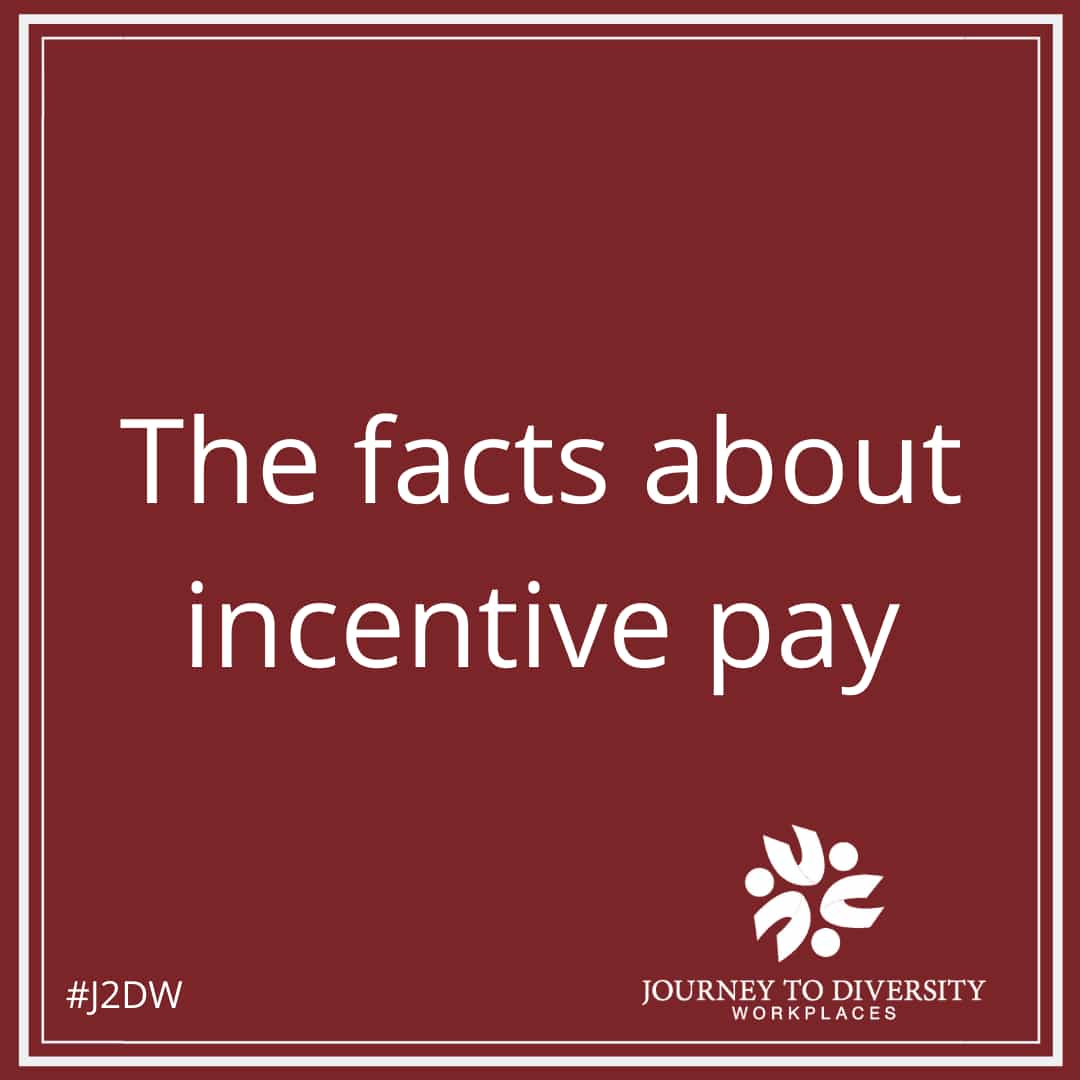In the following essay, I am going to analyze incentives for workers to perform tasks, and thus come up with a conclusion as to what makes the most sense for employers to incentivize their employees with. I will back up my analysis with the mention of two research papers.
The exchange of money for the completion of tasks, the labour market, is arguably one of the most important transactions for the ongoing of our economy. If it did not exist, we would not be able to progress further into developing our world into a better home for the generations to come. And with this importance, comes a concept just as important, keeping employees just as motivated to continue working.
Human nature is such that motivation within us does not last forever, and thus refilling ourselves on a constant dose of motivational fuel is pivotal in the success of our tasks.
There are in general, two types of incentive pay, which are merit pay and bonus pay. Merit pay can be defined as the permanent increase related to performance against a standard that reflection evidence of permanently increased productivity. The term bonus can also be defined similarly as a single period additional pay related to performance that may not be reproducible in the next period without sufficient additional effort. We will examine the advantages and disadvantages of both these pay structures.
Under the umbrella of merit pay is the piece rate, where workers are paid on the basis of the output they produce. Piece rates hold the benefits of workers are motivated to produce more output because of the fact that their wages are directly proportional to their pay, it is a system that attracts good workers due to the fact that more skilled labour will want to join the company because of such a pay structure, and there exist savings of monitoring workers and keeping track of their productivity.
Seeing how effective such a piece rate method of payment is, I am going to support my argument with supporting research. Edward Lazear wrote a paper titled “Performance Pay and Productivity” where he examined how effective the incentive pay of piece rate was in inducing workers to produce more output. His examination of personnel economics uses data from a company called Safelite Glass Corporation, which is an auto glass company. His use of this data derives from the fact that in 1994 and 1995, management in the company changed the compensation from hourly wages to piece rates. This provided the necessary data to analyze how effective the new piece rate was in inducing more output.
His findings can be summarized into the following points:
1. A switch to piece-rate pay has a significant effect on average levels of output per worker. This is in the range of a 44-percent gain.
2. The gain can be attributed to two components. Approximately half of the gain in productivity resulted from the ability of the company to hire a more able workforce.
3. The change to piece rate resulted in both gains in productivity for the firm and benefits for the employees. Employees on average earned 10% higher due to the change.
4. Switching to a piece rate increases the variance in output. More ambitious workers have less incentive to differentiate themselves when hourly wages are paid than when piece-rate pay is used.
Even though these findings are specific to one firm, they provide useful insights into how piece rates can affect employees and firms.
In a different research paper titled “Pay Enough or Don’t Pay At All” by Gneezy and Rustichini, the researchers find that some employees react negatively to the piece rate offered if the wages are not substantial enough.
The researchers set out to figure out whether the default economic theory that incentives should induce performance is realistic in the complex world we live in. The researchers conducted an experiment in a lab where students were asked to answer a few IQ test questions and were told that they would be paid a piece rate related to the number of answers they got correct. They got a base pay for showing up for the test and then the subjects were divided into three groups that were randomly assigned a piece rate.
What the researchers found is that the test subjects perceived the piece rate as follows. The test subjects just offered the base pay and nothing more did the job more effectively than subjects that were offered a small piece rate plus base pay. This is because offering a small piece rate changes the perception of the contract as explained below.
If a zero piece rate is offered, subjects tend to perceive the ‘contract’ as follows: “The experimenter has offered me 60 cents to do a job. Now I know what that job is –answering questions—and it is my job to do it satisfactorily.” Putting this in a different way—subjects interpret this as a gift exchange contract.
If a positive piece rate is offered, subjects tend to perceive the contract more as follows: “The experimenter has offered me 60 cents to show up. I’ve done that. Now he is offering me 10 cents per question to answer questions.
The question of incentive pay is an important question labour economists have been trying to answer for years and we need to strive as a society in figuring out what the most effective way of motivating our employees is. In the above analysis, I briefly touched upon piece rate with some evidence from research, but there are a variety of incentive pay schemes the labour market can take advantage of.
Piece rates can be effectively put to use to induce productivity if used correctly. In the case of the first research paper, the nature of the work determined the success of the piece rate. In the second research case, a high piece rate was effective in inducing higher productivity. The piece rate, if implemented wisely, can be a very important determinant in a company’s labour output.
References
1. Gneezy, Uri, and Aldo Rustichini. “Pay Enough or Don’t Pay at All*.” Quarterly Journal of Economics, vol. 115, no. 3, 2000, pp. 791–810., doi:10.1162/003355300554917.
2. Lazear, Edward. “Performance Pay and Productivity.” 1996, doi:10.3386/w5672.





